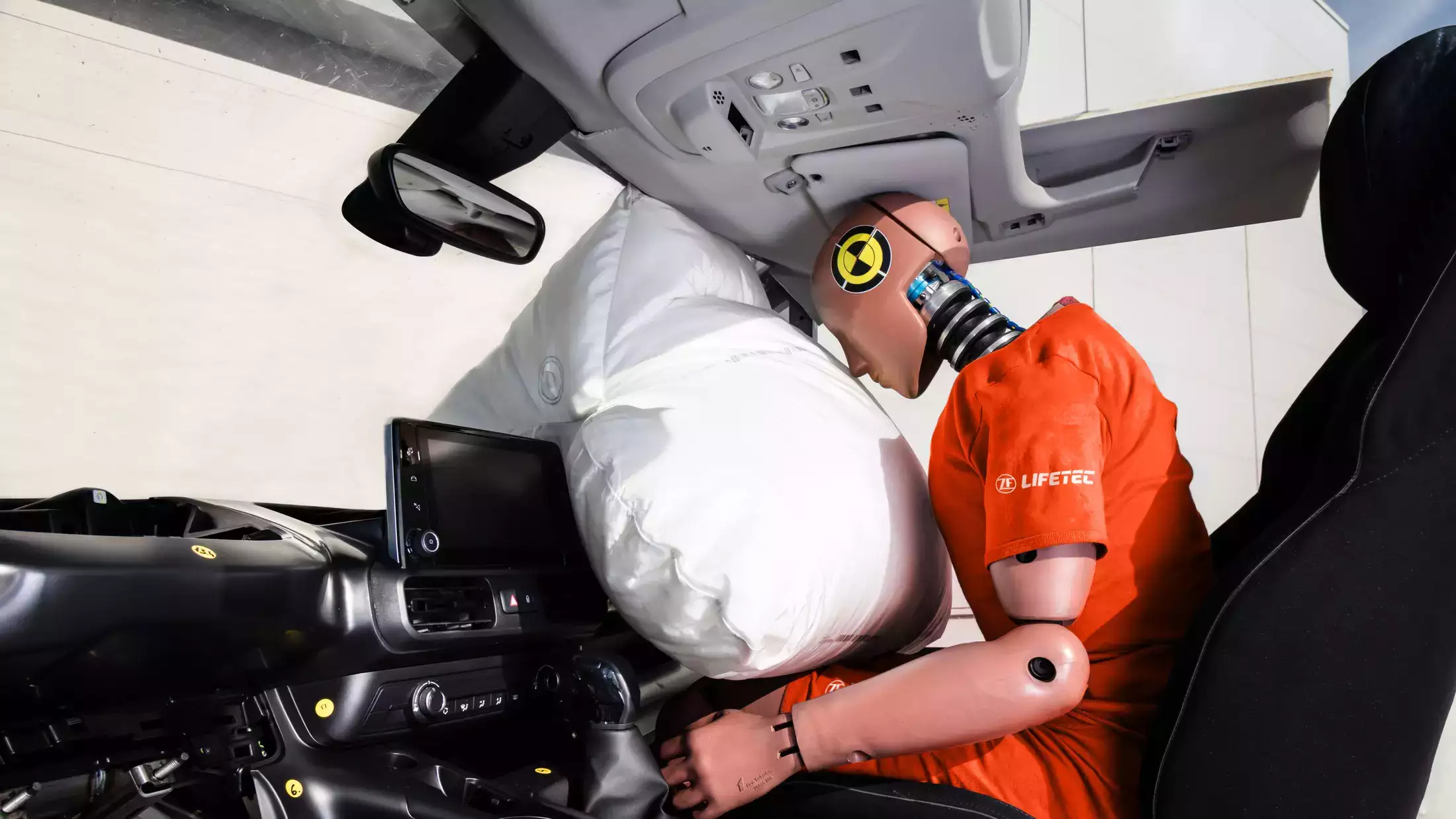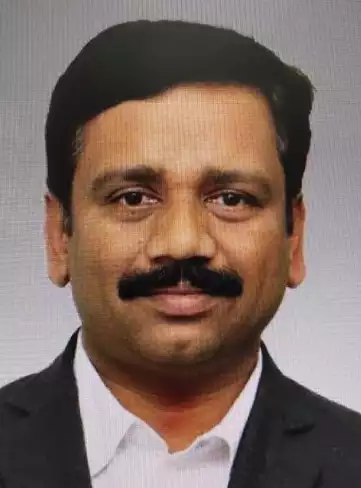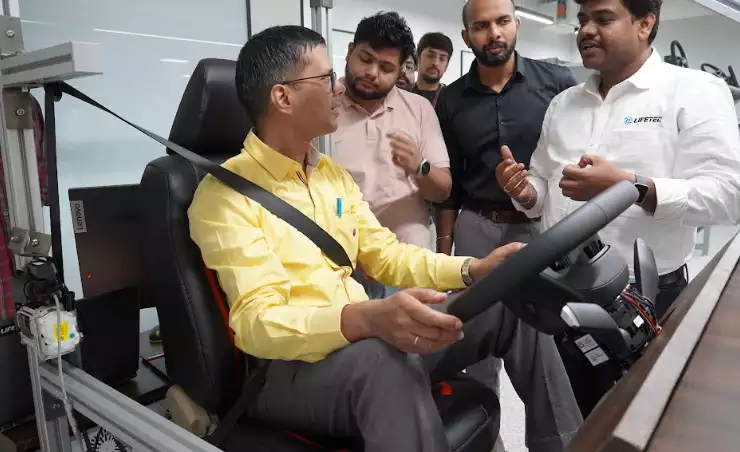Airbag in roof among key innovations in ZF Lifetec’s independent journey

The change in position for the airbag also comes with certain benefits. “For the regular passenger airbag, the OEMs have to adapt the instrument panel (IP) to the requirement of the airbag, whereas in this (BIR) case, if I am removing the airbag itself from the instrument panel then the OEM has all freedom in terms of design, materials,” explains Ravi Kumar Tirumukulu, Chairman and ED, ZF Lifetec India.

For airbags mounted in the IP, OEMs have to adhere to the design and material specifications specified by the airbag supplier. ZF Lifetec claims that the BIR concept can potentially help OEMs cut costs in their IP as they can opt for lesser cost materials, and/or have more cost effective design.
During a visit to the Euro 4.7 billion passive safety component supplier’s India technical centre, in Hyderabad, this author also gets first-hand experience of another innovation, a steering wheel with electronics in it. The ‘Hands on Detection’ (HOD) steering wheel concept constantly monitors the driver’s finger grip, and sends an alert in case the grip loosens, or the grip position on the wheel is incorrect.
Also experienced was a third generation seat-belt reactor called Active Control Retractor (ACR), designed for better occupant protection. It reverses pretensioning during pre-crash, or any sudden actions like avoidance manoeuvres. The ACR can also act in tandem with Automatic Emergency Braking (AEB) and Emergency Steer Assist (ESA) by reducing occupant displacement.
“It has capabilities which can pre detect certain things, and it can reduce the injury if an unfortunate incident occurs,” explains Ravi. The ACR system monitors the occupant’s position every five milliseconds, and its reaction time can be calibrated according to an OEM’s requirement.

Enhanced India focus in new independent journey
In all these features, the India tech centre has varying degrees of contribution. Starting 1 October 2024, ZF Lifetec has become an independent entity, and under the new organisational arrangement, its Hyderabad technical centre becomes all the more crucial for the global Tier 1 major, which claims a 22% market share in its business segment. “Our vision is to save people’s lives through technology development. So that's where we are engaged in here at this centre,” says Ravi.
The Global Capability Centre (GCC), set up with an investment of Euro 5 million, supports 42 ZF Lifetec locations globally. Independently, it is a Centre of Excellence (CoE) for mechatronics. It is also the sole design and development base for the range of ECUs that ZF Lifetec deploys in North America. Of the 200 engineers in the centre, “almost 95%” are engaged with global projects and/or supporting global locations.
With some discussions with domestic OEMs in progress, the team for local projects are being ramped up too. “We are ramping up the local one also, as we see a potential of local to local, and local to global,” he says. The India tech centre is one of the four major ones globally for ZF Lifetec. The others are based in China, North America, and Europe.
Frugal spend, frugal engineering
The Hyderabad centre has a rather gradual ramp up plan to reach a team strength of 500 in the next five years. ZF Lifetec wants to leverage India’s inherent frugal engineering strength through this centre. Usually, there are multiple layers in electronics design, The Hyderabad team is also engaged in engineering optimisation to reduce costs in the electronics. “The first level of the work has been done. We need to validate. And we are in the phase of validation,” says Ravi.
He wouldn’t comment on the scale of cost advantage that ZF Lifetec enjoys in India, compared to its other global locations, but says that “if you look at any project, we are contributing to, it definitely is most cost efficient”. And, that includes the HOD and ACR technologies too.
ZF Lifetec came into existence with the combination of ZF’s safety systems business with the ones that came with the 2015 acquisition of American supplier TRW Automotive. In the new phase of its business journey, the India base, as a market and as an engineering hub, will only grow in importance for the global major, which is targeting to clock Euro 4.9 billion this year.
For Ravi, who started his career as an engineer working on hydraulic filters in the LCA Tejas at the Aeronautical Development Agency, with the inspiring Dr. APJ Abdul Kalam as his leader, it’s time for him and his team to further showcase India’s talent and capabilities in engineering and technology development.

